Asus 2009 Annual Report Download - page 125
Download and view the complete annual report
Please find page 125 of the 2009 Asus annual report below. You can navigate through the pages in the report by either clicking on the pages listed below, or by using the keyword search tool below to find specific information within the annual report.-
 1
1 -
 2
2 -
 3
3 -
 4
4 -
 5
5 -
 6
6 -
 7
7 -
 8
8 -
 9
9 -
 10
10 -
 11
11 -
 12
12 -
 13
13 -
 14
14 -
 15
15 -
 16
16 -
 17
17 -
 18
18 -
 19
19 -
 20
20 -
 21
21 -
 22
22 -
 23
23 -
 24
24 -
 25
25 -
 26
26 -
 27
27 -
 28
28 -
 29
29 -
 30
30 -
 31
31 -
 32
32 -
 33
33 -
 34
34 -
 35
35 -
 36
36 -
 37
37 -
 38
38 -
 39
39 -
 40
40 -
 41
41 -
 42
42 -
 43
43 -
 44
44 -
 45
45 -
 46
46 -
 47
47 -
 48
48 -
 49
49 -
 50
50 -
 51
51 -
 52
52 -
 53
53 -
 54
54 -
 55
55 -
 56
56 -
 57
57 -
 58
58 -
 59
59 -
 60
60 -
 61
61 -
 62
62 -
 63
63 -
 64
64 -
 65
65 -
 66
66 -
 67
67 -
 68
68 -
 69
69 -
 70
70 -
 71
71 -
 72
72 -
 73
73 -
 74
74 -
 75
75 -
 76
76 -
 77
77 -
 78
78 -
 79
79 -
 80
80 -
 81
81 -
 82
82 -
 83
83 -
 84
84 -
 85
85 -
 86
86 -
 87
87 -
 88
88 -
 89
89 -
 90
90 -
 91
91 -
 92
92 -
 93
93 -
 94
94 -
 95
95 -
 96
96 -
 97
97 -
 98
98 -
 99
99 -
 100
100 -
 101
101 -
 102
102 -
 103
103 -
 104
104 -
 105
105 -
 106
106 -
 107
107 -
 108
108 -
 109
109 -
 110
110 -
 111
111 -
 112
112 -
 113
113 -
 114
114 -
 115
115 -
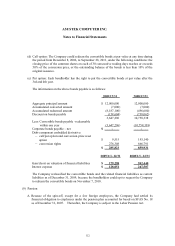 116
116 -
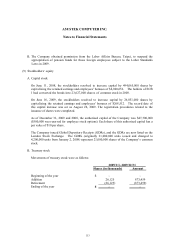 117
117 -
 118
118 -
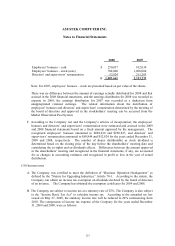 119
119 -
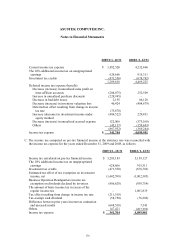 120
120 -
 121
121 -
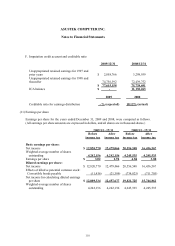 122
122 -
 123
123 -
 124
124 -
 125
125 -
 126
126 -
 127
127 -
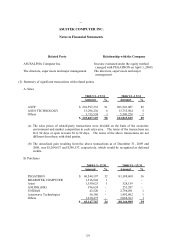 128
128 -
 129
129 -
 130
130 -
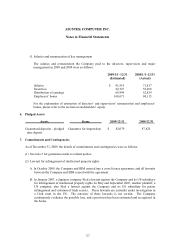 131
131 -
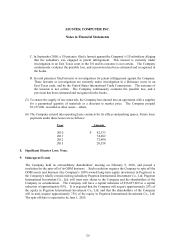 132
132 -
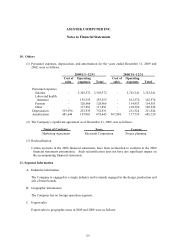 133
133 -
 134
134 -
 135
135 -
 136
136 -
 137
137 -
 138
138 -
 139
139 -
 140
140 -
 141
141 -
 142
142 -
 143
143 -
 144
144 -
 145
145 -
 146
146 -
 147
147 -
 148
148 -
 149
149 -
 150
150 -
 151
151 -
 152
152 -
 153
153 -
 154
154 -
 155
155 -
 156
156 -
 157
157 -
 158
158 -
 159
159 -
 160
160 -
 161
161 -
 162
162 -
 163
163 -
 164
164 -
 165
165 -
 166
166 -
 167
167 -
 168
168 -
 169
169 -
 170
170 -
 171
171 -
 172
172 -
 173
173 -
 174
174 -
 175
175 -
 176
176 -
 177
177 -
 178
178 -
 179
179 -
 180
180 -
 181
181 -
 182
182 -
 183
183 -
 184
184 -
 185
185 -
 186
186 -
 187
187 -
 188
188 -
 189
189 -
 190
190 -
 191
191 -
 192
192 -
 193
193 -
 194
194 -
 195
195 -
 196
196 -
 197
197 -
 198
198 -
 199
199 -
 200
200 -
 201
201 -
 202
202 -
 203
203 -
 204
204 -
 205
205 -
 206
206 -
 207
207 -
 208
208 -
 209
209 -
 210
210 -
 211
211 -
 212
212 -
 213
213 -
 214
214 -
 215
215 -
 216
216 -
 217
217 -
 218
218 -
 219
219 -
 220
220 -
 221
221 -
 222
222 -
 223
223 -
 224
224 -
 225
225 -
 226
226 -
 227
227 -
 228
228 -
 229
229 -
 230
230 -
 231
231 -
 232
232 -
 233
233 -
 234
234 -
 235
235 -
 236
236 -
 237
237 -
 238
238 -
 239
239
 |
 |
121
ASUSTEK COMPUTER INC.
Notes to Financial Statements
The gains resulting from the valuation of financial instruments using a valuation technique
amounted to $210,629 and $862,836 for the years ended December 31, 2009 and 2008,
respectively.
D. Information about financial risk
(a) Market risk
(i) The main currency for purchases and sales of the Company is the US dollar. The
Company uses the principle of natural hedge to mitigate the risk and utilizes spot or
forward contracts to hedge foreign currency risk. The forward contracts’ duration
corresponds to the Company’ s foreign currency assets’ and liabilities’ due date and
future cash flows. The exchange gains and losses resulting from foreign currency
assets and liabilities will be offset by the exchanges gains and losses resulting from the
forward contracts. Thus, the market risk of foreign currency exchange rate changes
does not have material impact on the Company.
(ii) The open-end funds and stocks of listed companies held by the Company are classified
as financial assets measured at fair value through profit or loss and available-for-sale
financial assets. As these assets are measured at fair value, the Company has risk
exposure related to changes in fair value in an equity securities market.
(b) Credit risk
(i) Credit risk means the potential loss of the Company if the counterpart involved in that
transaction defaults. Since the Company’ s derivative financial instrument agreements
are entered into with financial institutions with good credit ratings, management
believes that there is no significant credit risk from these transactions.
(ii) The primary potential credit risk is from financial instruments like cash, bank deposits,
equity securities under non-equity method, and accounts receivable. The Company
deposits cash in different financial institutions. Equity securities under non-equity
method were funds and listed stock issued by companies with good credit ratings.
The Company manages credit risk exposure related to each financial institution and
believes that there is no significant concentration of credit risk of cash and equity
securities. The customers of the Company have good credit and profit records. The
Company is able to evaluate the financial condition of these customers in order to
reduce credit risk of accounts receivable.
(c) Liquidity risk
(i) The Company’ s objective is to maintain a balance of funding continuity and flexibility
through the use of financial instruments such as cash and cash in bank, and bonds
payable.
